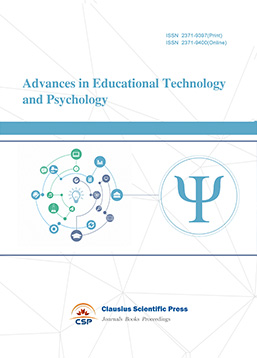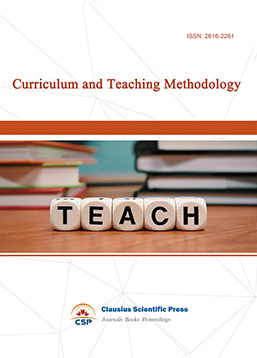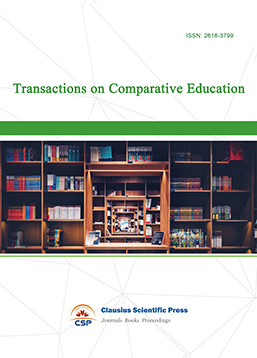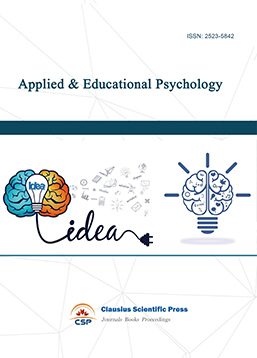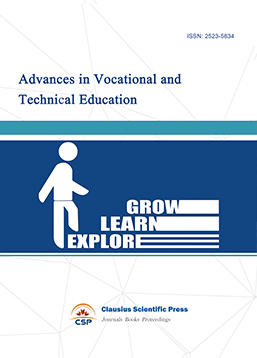Exploration and Practice of Industry-Education Integration Talent Cultivation Models for Network Engineering Majors in the Context of New Engineering Education
DOI: 10.23977/aduhe.2025.070420 | Downloads: 8 | Views: 132
Author(s)
Hailu Yang 1, Jin Zhang 2, Ao Li 1, Lili Wang 1, Xiaohua Sun 1
Affiliation(s)
1 School of Computer Science and Technology, Harbin University of Science and Technology, Harbin, China
2 School of Intelligent Engineering, Harbin Institute of Petroleum, Harbin, China
Corresponding Author
Jin ZhangABSTRACT
In response to the talent development objectives for network engineering majors under the new engineering education paradigm, this paper explores how to establish a talent cultivation model aligned with contemporary demands, using industry-education integration as its entry point. First, it analyses the new challenges posed by new engineering education to network engineering programs and the pivotal role of industry-education integration in bridging the gap between theory and practice. Second, integrating constructivist learning theory and the CDIO engineering education philosophy, it proposes four core reform strategies: restructuring the curriculum system, innovating teaching methods, enhancing practical platforms, and deepening university-industry collaboration. Finally, through practical case studies, it demonstrates the significant effectiveness of the industry-education integration model in enhancing students' engineering practice capabilities, innovation abilities, and professional competence. The paper concludes by outlining future development directions, emphasizing the importance of establishing a multi-dimensional collaborative education mechanism.
KEYWORDS
New Engineering Education, Industry-Education Integration, Talent Development, Curriculum SystemCITE THIS PAPER
Hailu Yang, Jin Zhang, Ao Li, Lili Wang, Xiaohua Sun, Exploration and Practice of Industry-Education Integration Talent Cultivation Models for Network Engineering Majors in the Context of New Engineering Education. Adult and Higher Education (2025) Vol. 7: 127-133. DOI: http://dx.doi.org/10.23977/aduhe.2025.070420.
REFERENCES
[1] Yuan, P., & Yang, X. (2024). Exploration of the model of deepen industry–education integration in the digital economy era. Journal of Internet and Digital Economics, 4(3), 179-186.
[2] Abbas, N. N., Ahmed, T., Shah, S. H. U., Omar, M., & Park, H. W. (2019). Investigating the applications of artificial intelligence in cyber security. Scientometrics, 121(2), 1189-1211.
[3] Wang, Y., Jiang, Y., Tian, S., Zheng, Y., Zhou, S., & Huang, H. (2023). Research on the four collaborative innovation mechanisms of industry-education integration based on the concept of community. Journal of Educational Technology and Innovation, 5(4), 20-33.
[4] Wibowo, S., Wangid, M. N., & Firdaus, F. M. (2025). The Relevance of Vygotsky's Constructivism Learning Theory with the Differentiated Learning Primary Schools. Journal of education and learning (EduLearn), 19(1), 431-440.
[5] Yuan, X., Wan, J., An, D., Lu, J., & Yuan, P. (2024). Multi-method integrated experimental teaching reform of a programming course based on the OBE-CDIO model under the background of engineering education. Scientific Reports, 14(1), 16623.
| Downloads: | 22305 |
|---|---|
| Visits: | 1265118 |

 Download as PDF
Download as PDF